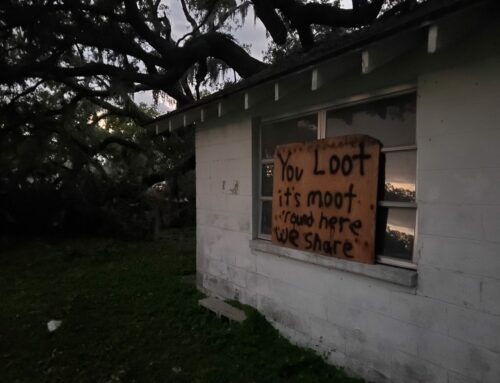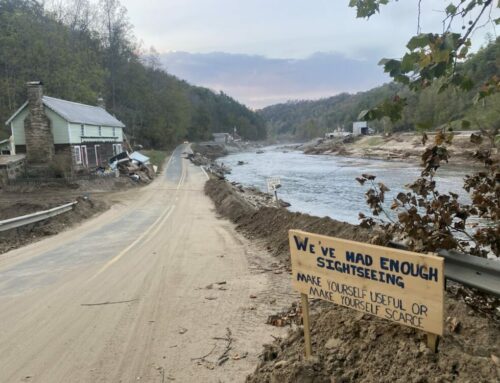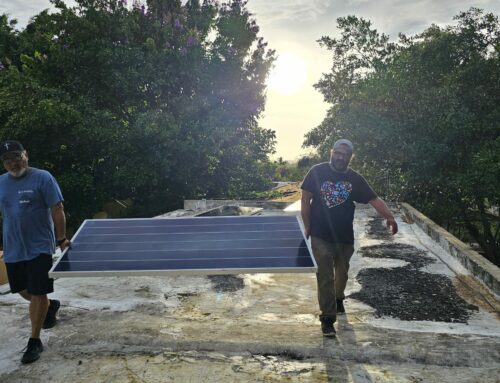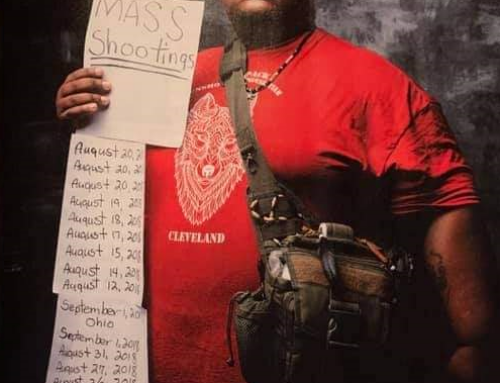The tenets of bridge building are a duality of concentration on environmental endpoints and foundational stability across the abyss which separates them. As Hurricane Debby trudged towards the west coast of so-called Florida, those sparking alive spaces of mutuality and survival in communities across the historical lands of the Tocobaga, Timucuan, Calusa, Seminole, and many other Indigenous nations, cried out from our respective endpoints to prepare for the catastrophe to come.

In a state with forked front-line struggles against a Christian Nationalist power structure and climate catastrophe, organizers converged over the bridges we have built and a communal recovery took root through flooded and debris-lined streets.
Burning under historic heat indexes in the sunshine state, our intimacy and proximity with disaster began far before Hurricane Debby flooded homes, trapped and displaced hundreds of community members and caused the spilling of tens of millions of gallons of sewage into our waterways. Mobile solar and medical provisions launched from proximal communities and met in Sarasota, where a survival based on mutuality had established connections through which aid could flow from end to end as the final winds of the storm moved through.
With people stranded, vehicles submerged and homes flooded from Laurel Meadows to Pinecraft, hot and packaged meals, electrolytes, water, Gatorade, and other supplies circulated from the backs of Streets of Paradise and Mutual Aid Disaster Relief box trucks throughout Sarasota. School supplies were handed off to the community in lots set up as emergent and autonomous distribution sites, and a mobile medical unit acted as a stand-alone clinic with herbal tea and emotional and medical first aid. A mobile solar trailer was also deployed to offer electricity for those enduring long stretches of power outage.

Not even two months earlier, climate change causation saw Sarasota achieving record levels of rainfall in what was termed a “1 in 1000 year rainfall,” when the skies opened and four inches of rain poured down within a one hour span. Through intense heat and rainfall, the intimacy of mutual aid spaces and solidarity work being constructed across so-called Florida continues to grow in order to address any rising floods and screaming winds to come. As storms become normalized environmental endpoints, our communal recovery continues to work to shorten the abyss which separates us from ourselves, each other, and the land and its waterways we call home.





